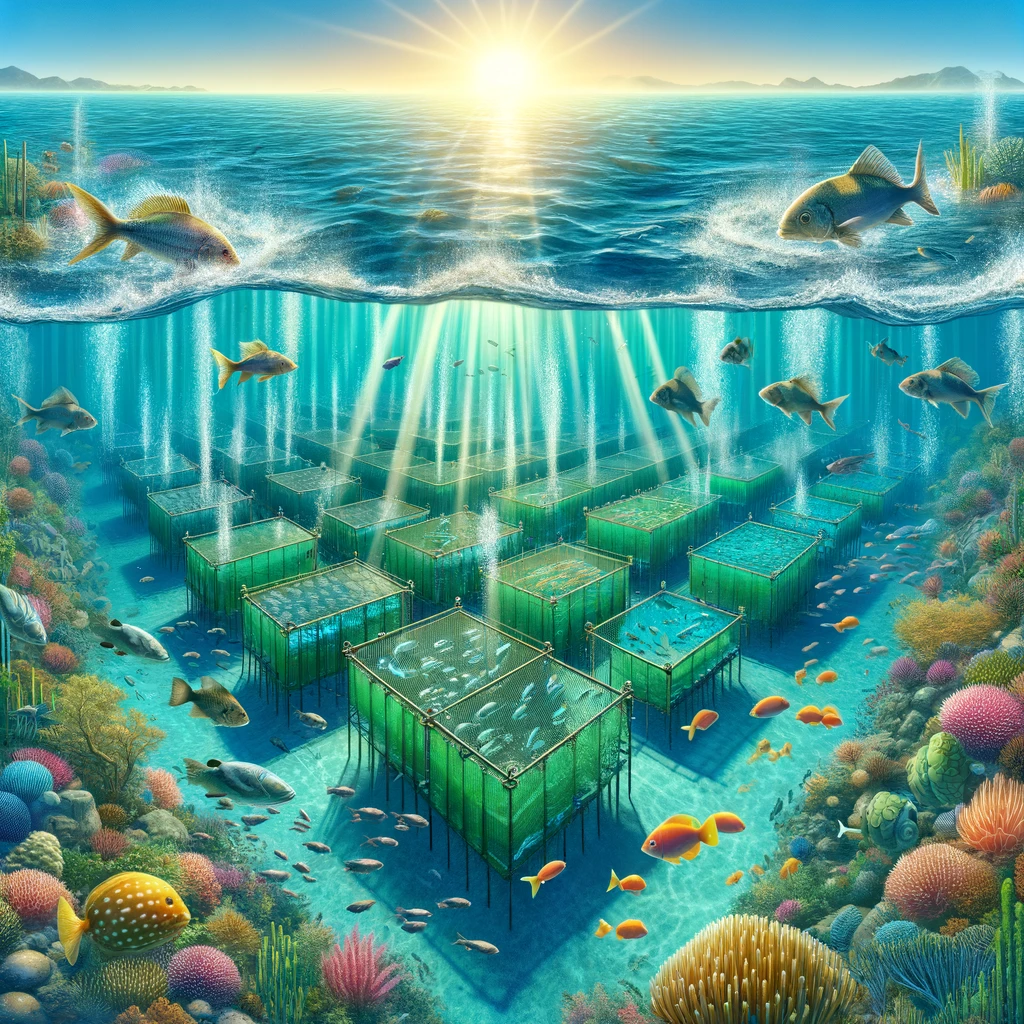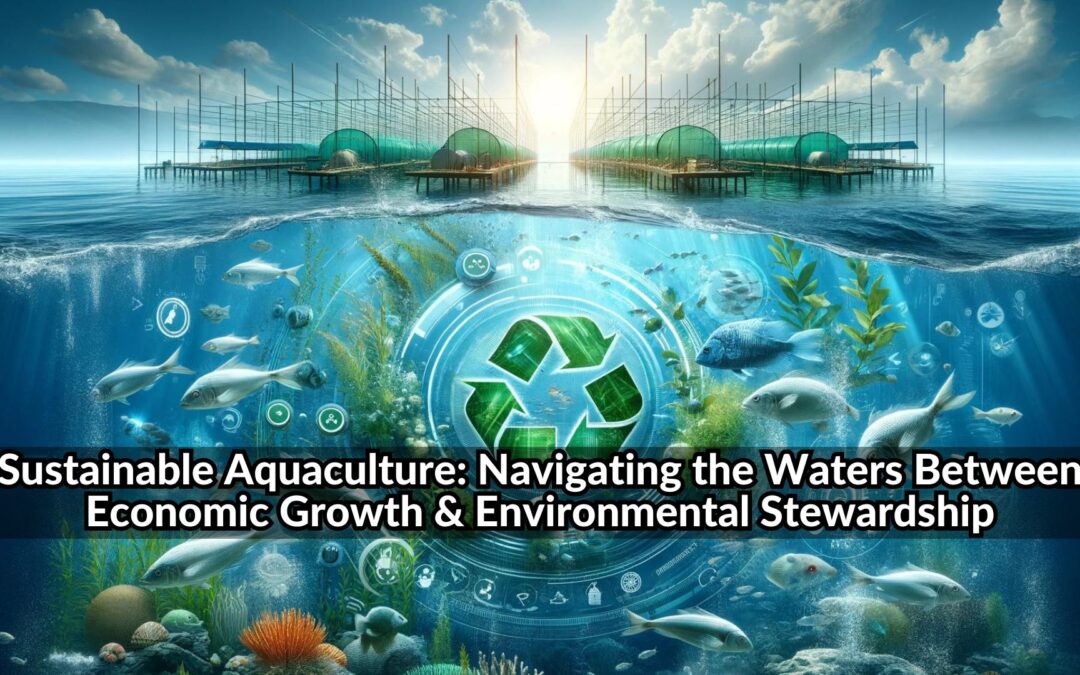Sustainable Aquaculture is at the forefront of balancing economic growth with environmental conservation in the fish farming industry. This essential guide delves into the complex regulatory framework, challenges, and strategies necessary for achieving this equilibrium. Discover how integrating eco-friendly practices with industry expansion can lead to a thriving, sustainable future for aquaculture.
In the rapidly expanding world of fish farming, striking a harmonious balance between industry growth and environmental conservation is not just desirable—it’s essential. The fish farming sector, or aquaculture, is at a critical juncture where the decisions made today will significantly impact our global food security, economy, and environmental health for years to come. This blog post delves into the intricate regulatory framework guiding the aquaculture industry, the hurdles it faces, and the paramount importance of maintaining equilibrium between ecological sustainability and economic development.
The Regulatory Compass Guiding Aquaculture
The path to sustainable fish farming is paved with a myriad of federal, state, and municipal regulations, each designed to ensure that the industry’s growth does not come at the expense of our planet’s health. These regulations form a complex tapestry that spans:
- Environmental Standards: The cornerstone of aquaculture regulation, these standards serve to shield our water bodies and habitats from pollution and degradation. They encompass stringent guidelines on resource conservation, wastewater management, and water quality, ensuring fish farms operate in harmony with nature.
- Health and Safety Protocols: The well-being of consumers and the aquatic life under cultivation is paramount. Regulations in this domain focus on veterinary care, disease control, and food safety, safeguarding both human health and aquatic biodiversity.
- Land Use and Zoning Laws: To mediate the interplay between aquaculture and its physical surroundings, local governments enforce zoning laws. These regulations aim to protect natural ecosystems, prevent land-use conflicts, and promote the sustainable utilization of our inland and coastal areas.
Navigating Regulatory Hurdles: A Balancing Act
While the regulatory framework plays a critical role in safeguarding environmental and public health, it presents a labyrinth of challenges for fish farmers. Among these are:
- Regulatory Diversity: The aquaculture industry operates in a patchwork of regulatory environments, making compliance a daunting task for those active in multiple jurisdictions.
- Economic Viability vs. Compliance Costs: Adhering to rigorous environmental and health standards can be a costly affair, especially for small-scale operators. The financial burden of adopting advanced technologies and practices can be substantial.
- The Pace of Change: Environmental and health regulations are in a constant state of flux, evolving with new scientific discoveries and societal expectations. Staying ahead requires continuous investment in innovation, research, and training.

The Imperative of Balance
The quest for sustainable aquaculture is not merely about navigating regulatory complexities; it’s about fostering an industry capable of feeding billions while tending to the health of our planet. Achieving this balance means exceeding regulatory requirements, adopting best practices in resource management, pollution control, and ecosystem protection. It’s about building an industry that not only meets the current needs but does so in a way that preserves the environment for future generations.
Engaging with regulatory bodies, stakeholders, and the community is key to shaping policies that support both economic growth and environmental preservation. Through dialogue and collaboration, the aquaculture industry can adapt to evolving regulations, ensuring its practices align with the latest environmental and health standards.
Conclusion
The journey towards sustainable fish farming is complex, filled with regulatory, environmental, and economic challenges. Yet, it’s a path worth navigating. By embracing regulatory standards, investing in sustainable practices, and engaging in constructive dialogue, the aquaculture industry can thrive—providing nutritious food for a growing global population while acting as stewards of the planet’s precious aquatic ecosystems.
Join the movement towards sustainable aquaculture. Together, we can ensure the fish farming industry grows not just in size, but in sustainability and responsibility. Let’s chart a course towards a future where economic development and environmental conservation sail in unison. Visit our EAT Community for more information.



